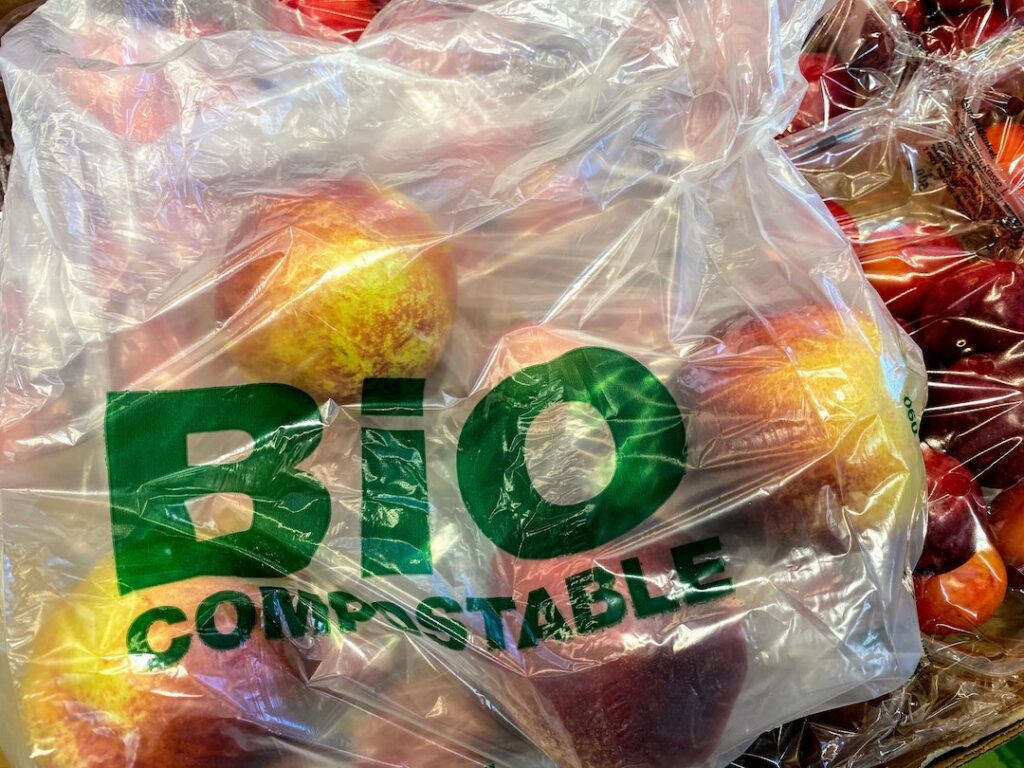
Can Plastic Be the Key to Powering Our Future?

Table of Contents
Plastic is everywhere, from packaging to smartphones, and its global production has surged from 7 million tonnes in 1960 to over 390 million tonnes annually today, according to UNEP.
While plastics have enabled technological innovation and convenience, they are also a leading contributor to pollution and carbon emissions.

The challenge is not just how much plastic we consume, but how we design, reuse, and recycle it. For sustainable businesses, this material presents both a problem and an opportunity.
Plastic and Carbon Emissions
Traditional plastics are derived from fossil fuels like coal, petroleum, and gas, which means their production is energy-intensive and carbon-heavy. In fact, plastics are responsible for 3.4% of global greenhouse gas emissions, OECD.
Yet, life cycle assessments (LCAs) often show that in some applications, plastic can reduce emissions compared to alternatives. For example, lightweight plastics in vehicles and planes lower fuel use, cutting emissions by up to 20% in modern aircraft such as the Boeing 787 Dreamliner.
This paradox positions plastic as both a sustainability challenge and a potential emissions-saving tool if managed correctly.
Turning Waste Plastic into Value
One of the most promising approaches is advanced recycling, such as pyrolysis, which breaks down single-use plastics into fuels or new raw materials. Studies show that these processes can cut carbon emissions from plastic waste by up to 50% compared to incineration or landfill.
Companies like Eastman and Brightmark are scaling such solutions, giving plastic a second life and moving toward a circular economy.
For green businesses, adopting or investing in circular recycling technologies is not just environmentally responsible but also a competitive advantage as regulations tighten and consumers demand sustainable practices.
Plastic and Forest Conservation
Plastic can also indirectly support climate goals by replacing wood in some applications. Companies such as EcoPost in Kenya are turning 100% recycled plastic into durable lumber for fencing and construction, reducing the demand for timber and saving forests.
Deforestation accounts for about 10% of global emissions, so substituting plastic for wood, when responsibly managed, can help reduce pressure on ecosystems while keeping waste plastic out of landfills.
Role of Plastic in Electric Vehicles and Renewables
The shift to electric vehicles (EVs) and renewable energy is central to decarbonization. EV batteries are heavy, often increasing vehicle weight by up to 30–35%, but plastic components help offset this and improve efficiency. Lightweight materials extend driving range, making EVs more attractive to consumers.

Plastics are also key in wind turbine blades and solar panels, critical technologies in the renewable energy sector. Without them, scaling clean energy infrastructure would be far more difficult and expensive.
Bioplastics and the Next Generation of Materials
Despite its advantages, conventional plastic remains a pollution crisis. Scientists are working on bioplastics, derived from renewable sources like corn, sugarcane, and algae.
Global production of bioplastics reached 2.2 million tonnes in 2022 and is projected to triple by 2027, according to European Bioplastics. These materials can be compostable or biodegradable under controlled conditions, helping reduce long-term waste.

However, not all bioplastics are truly sustainable. Some require industrial composting facilities, and if they end up in landfills or oceans, they behave much like conventional plastic. This is where infrastructure, government policy, and business innovation must align to ensure bioplastics deliver real environmental benefits.
Why Businesses Must Act Now
For sustainable businesses, the path forward is clear. Plastic cannot be eliminated entirely, but it must be reimagined. Companies that adapt circularity, invest in advanced recycling, substitute responsibly in construction and mobility, and develop bioplastic solutions will not only reduce environmental harm but also strengthen resilience in a future where regulations and consumer expectations will favour sustainability.
The future of plastic is not about abandoning it. It is about redesigning its role in society, closing the loop, and ensuring it contributes to carbon reduction, forest protection, and renewable energy adoption. Businesses that lead in this space will define the next generation of the green economy.








